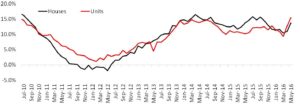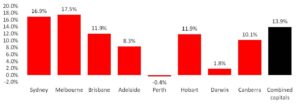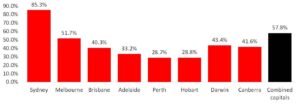Getting your personal finances under control
air jordan 11 low gum brown for sale
Australians are typically very good at spending money, but there comes a time when many of us need to look at getting our finances under control.
This may be due to starting a family, getting a mortgage, educating children, losing a job, or a reduction in income. For some, the need to gain control of personal finances comes with the realisation that their debt has spiralled out of control, and cannot be paid off effectively.
According to American author George S. Clason in his famous book The Richest Man in Babylon there are seven ways to take control of your financial future:
PAY YOURSELF FIRST – Ideally, you should aim to save 10 per cent of everything you earn for long-term savings in case there is a period you are no longer able to work.
This money is not being saved to buy a new car, have a holiday, or even buy a house.
For some, making additional contributions to superannuation may be an ideal way of saving that extra 10 per cent. If you can’t afford to save that much, then save a smaller part of your income and gradually increase it over time. Ideally you should aim to live off 90 per cent, or less, of your income.
MANAGE EXPENSES – We all have regular expenses that need to be met in order to live including food, housing, clothing, and transport. But, many of us spend unnecessarily and it often consumes most, if not all, of our surplus income.
Start by setting a budget of your known fixed costs. Look back over past bills and identify your regular expenses. Bills often arrive at irregular intervals.
For example, a phone bill might arrive once each month (or once each quarter) but you might be paid weekly or fortnightly. Expenses should be calculated over a full year, and then divided by the number of pay days, in order to work out how much needs to be set aside out of each pay to cover bills as they arise.
GROW YOUR WEALTH – Now that you have started saving part of what you earn, you should look to having it grow in value. The investment earnings achieved should be added to your growing pool of savings.
PROTECT YOUR CAPITAL – In order to protect your savings from loss, care must be exercised to ensure the security of the principal. Before investing, understand the associated risks and, if the risk is unacceptable, look for a more suitable alternative.
Take advice from a qualified financial adviser. There are many good investment savings plans that allow small amounts to be saved on a regular basis while providing access to a wide range of investment options including fixed income, shares, property and overseas investments.
INVEST IN YOUR HOME – Eventual home ownership is the desire of many Australians, and owning your own home provides security for you and your family. Home ownership also delivers favourable tax concessions. This means that any gain achieved on the sale of your home is, generally, exempt from tax.
It therefore makes sense to maintain and improve your home, within reason and without over capitalising, to ensure you maximise the price you want to achieve when you come to sell.
PROTECT YOURSELF – We all understand how important it is to insure our possessions, but how many of us have adequate insurance on our life and our ability to earn? You should seek the advice of a qualified financial adviser to ensure that you are adequately insured against events that might rob you of your life, or your ability to earn. Yes, you can insure your future income.
INVEST IN YOURSELF – One way of building wealth is to increase your capacity to earn. To achieve this you need to be willing, irrespective of age, to increase your knowledge and skills through continuing education and training. Many people expect their employer to provide additional training. However you should take personal responsibility for increasing your knowledge and experience by investing time and money in suitable training that enhances your opportunity to increase your earnings over time.
Taking control of your financial future takes time and discipline. It will involve making some hard decisions, but if you make a plan and stick to it, over time it will become a habit and will deliver financial security and prosperity.
Source: Peter Kelly – Technical Advice
Centrepoint Alliance
This editorial is of a general nature only and neither represents nor is intended to be specific advice on any particular matter. Centrepoint Alliance strongly suggests that no person should act specifically on the basis of the information contained herein but should obtain appropriate professional advice based on their own circumstances.





